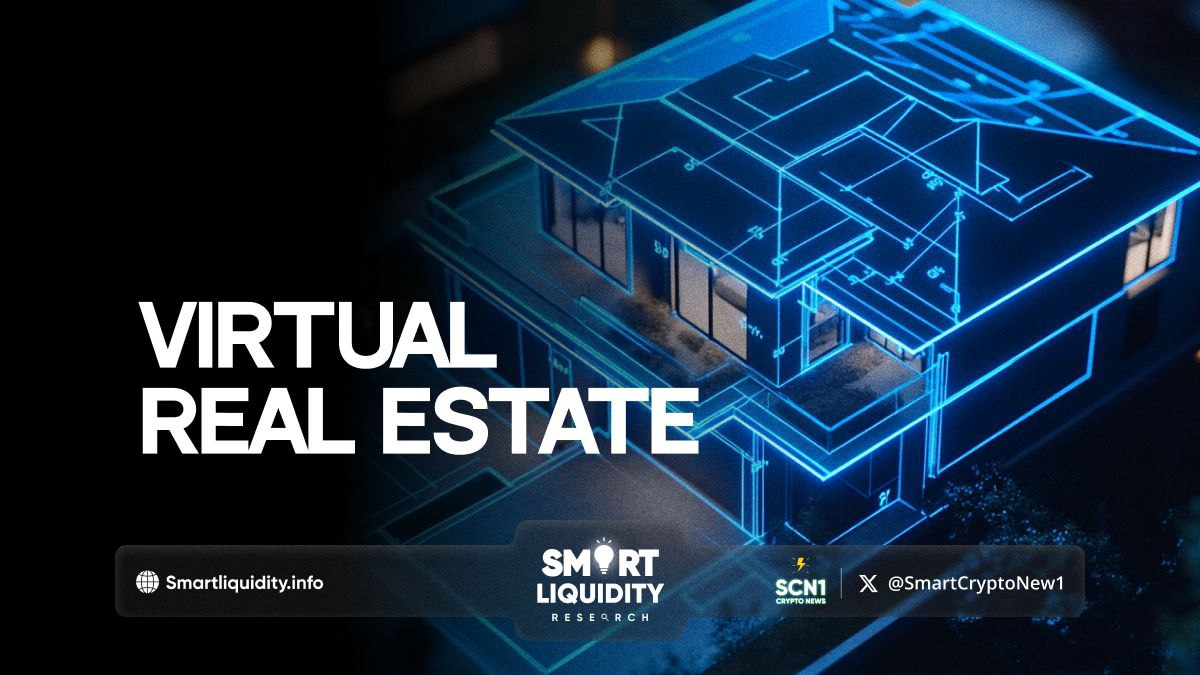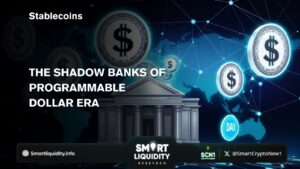Virtual Real Estate: Metaverse Ownership Explained


Virtual Real Estate: Metaverse Ownership Explained! In recent years, virtual real estate has emerged as a groundbreaking trend in the world of digital assets and the metaverse. Virtual real estate refers to parcels of land or property within a digital world, where individuals, brands, and businesses can buy, develop, and monetize virtual spaces.
In this article, we’ll explore the fundamentals of metaverse ownership, why virtual real estate has value, and how individuals and organizations can enter this new digital frontier.
What is Virtual Real Estate?
Virtual real estate represents parcels of land or spaces within the metaverse—digital realms that exist on platforms like Decentraland, The Sandbox, and Somnium Space. Similar to physical real estate, virtual land is limited in supply and can be purchased, developed, leased, and sold. These spaces can house virtual buildings, stores, games, and experiences, creating new avenues for social interaction, commerce, and entertainment.
Unlike traditional online games, which limit ownership rights, blockchain technology powers the metaverse, enabling users to truly own, trade, and build value on their virtual assets through non-fungible tokens (NFTs). Each piece of virtual real estate is represented by an NFT, providing proof of ownership and uniqueness.
Why Does Virtual Real Estate Have Value?
The value of virtual real estate comes from various factors that are comparable to those in the physical world, such as location, scarcity, utility, and demand. Here’s how each factor influences virtual real estate value:
- Location
Just as certain neighborhoods are more desirable in the physical world, virtual spaces closer to popular hubs, event venues, or areas of high traffic in the metaverse can command higher prices. - Scarcity
Unlike the limitless web, the metaverse restricts the number of parcels or spaces available, creating scarcity. Decentraland, for example, caps its digital land supply at 90,000 parcels, driving up demand. - Utility
Virtual real estate’s utility lies in what owners can do with it. Businesses, brands, and creators can use these spaces to host virtual stores, concerts, conferences, or interactive experiences, enhancing the parcel’s appeal. - Demand
Demand in the metaverse is influenced by the platform’s popularity and potential for future growth. As more people join and engage in the metaverse, demand for digital spaces rises, boosting their value.
The Process of Owning Virtual Real Estate
To own virtual real estate, one typically follows these steps:
- Choose a Platform: Popular metaverse platforms like Decentraland, The Sandbox, and Axie Infinity each offer unique ecosystems with varying features. Researching these platforms is essential to find the one that aligns with your objectives and offers the functionality you desire.
- Create a Wallet and Purchase Cryptocurrency: Since virtual real estate transactions happen on the blockchain, you’ll need a compatible wallet, such as MetaMask, and funds in the platform’s native currency. For instance, Decentraland uses MANA, while The Sandbox operates on SAND.
- Find and Buy Property: Within each metaverse, you can browse available parcels and select one based on your preferences for location, price, and potential. Once you find a property, the purchase process is often similar to buying an NFT, involving a smart contract to confirm and transfer ownership.
- Develop and Monetize: Once you own a virtual parcel, you can develop it into anything from a digital storefront to an event space. Owners can also monetize their land through leasing, hosting events, or setting up virtual businesses that generate revenue from visitors.
Examples of Virtual Real Estate Success
Virtual real estate is not only a novel concept; it’s also becoming an integral part of brand strategy for major companies and a lucrative investment for individuals.
Here are some standout examples:
- Decentraland’s Fashion District
Fashion brands like Gucci and Nike have ventured into the metaverse, purchasing virtual storefronts in Decentraland’s Fashion District to showcase digital versions of their products. - The Sandbox Partnerships
The Sandbox has collaborated with celebrities and brands, including Snoop Dogg and Atari, who use virtual spaces to interact with fans, host events, and create immersive experiences. - Real Estate Investment in the Metaverse
Some investors view virtual land as a form of digital property investment, aiming to buy early in hopes of significant appreciation. In 2021, a plot of virtual land in Decentraland sold for over $900,000, illustrating the speculative nature of virtual real estate.
Risks and Considerations in Metaverse Ownership
Like any investment, owning virtual real estate comes with risks:
- Platform Longevity
Since metaverse platforms are still emerging, there’s uncertainty about which platforms will succeed long term. An investment in a virtual parcel on a platform that fails could result in a complete loss. - Price Volatility
Virtual land prices can fluctuate significantly, affected by trends in blockchain, NFTs, and cryptocurrency markets. - Technical Challenges
Buying virtual real estate requires understanding NFTs, cryptocurrency, and blockchain technology. Managing these assets and ensuring security can be challenging for new investors. - Lack of Regulation
Currently, metaverse real estate lacks comprehensive legal and regulatory frameworks, meaning disputes or issues around ownership and fraud could be difficult to resolve.
The Future of Virtual Real Estate
As the metaverse evolves, virtual real estate has the potential to reshape how we interact socially and professionally. Digital spaces could serve as hubs for business, entertainment, education, and even wellness, redefining traditional boundaries. With tech giants like Meta (formerly Facebook) investing heavily in the metaverse, virtual real estate could become more mainstream, opening up new possibilities for developers, investors, and users.
Final Thoughts
Owning virtual real estate in the metaverse presents exciting opportunities but also requires thorough research and risk assessment. For those ready to dive in, virtual real estate can be a space to unleash creativity, build new experiences, and potentially capture value in a fast-growing digital economy. Whether you’re interested in buying virtual land for business, social interactions, or investment, the metaverse offers a frontier of possibilities in the age of digital ownership.




